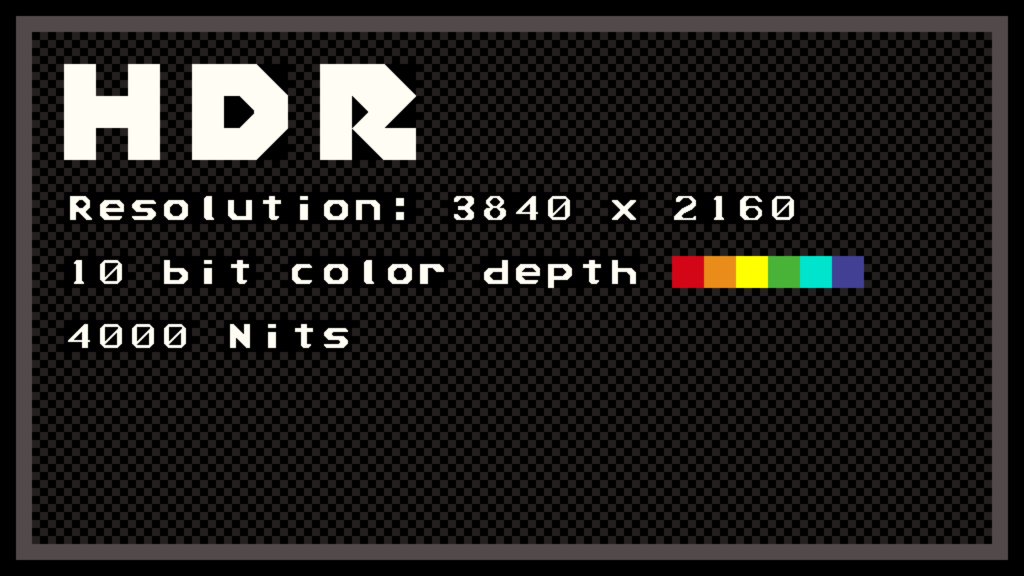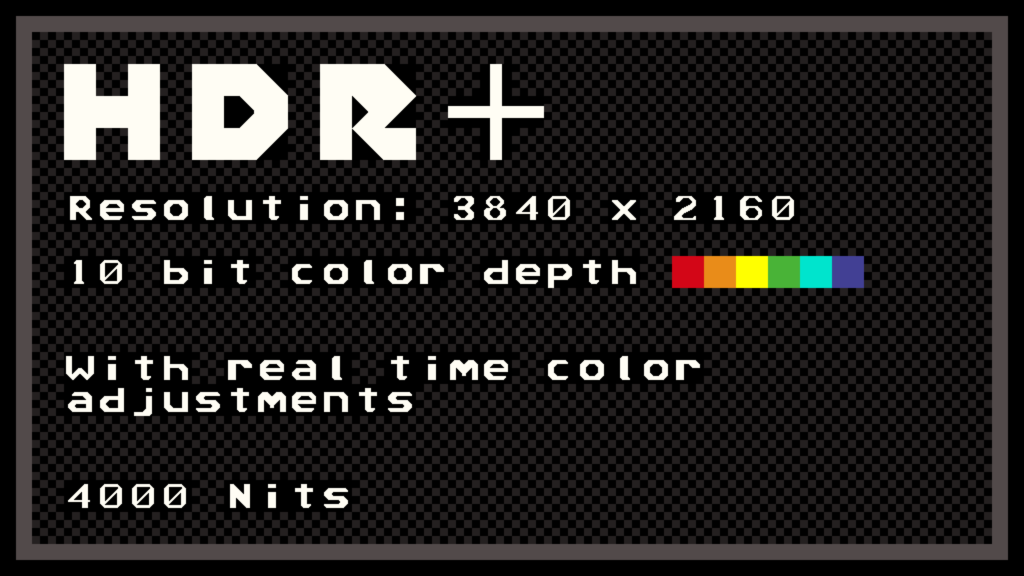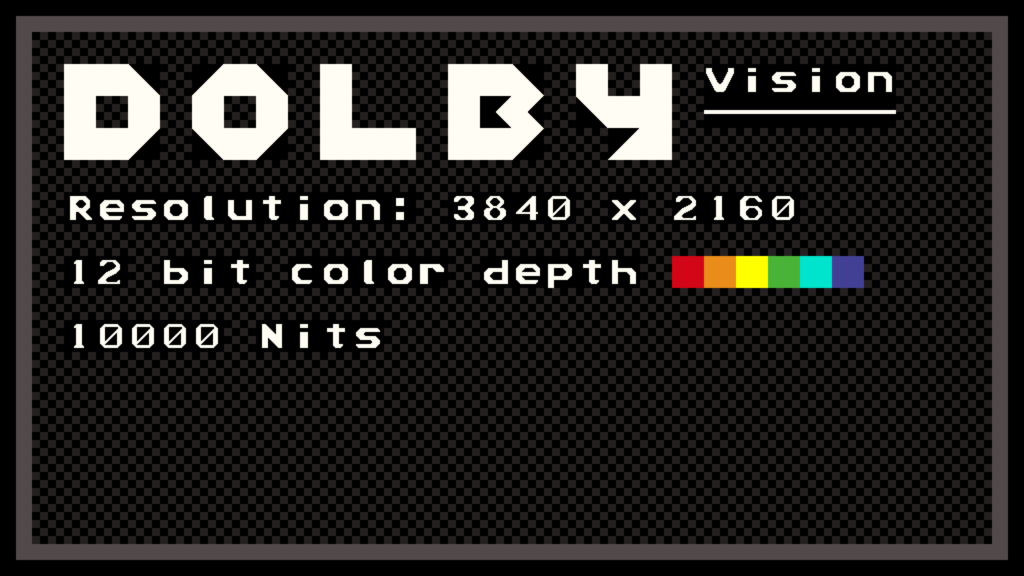The evolution of television and display technology has been a journey of continuous innovation, marked by milestones that have transformed the way we experience visual content. From the early days of black-and-white television to the advent of color broadcasting, each leap has brought us closer to replicating the richness and depth of the real world on our screens. The introduction of High Definition (HD) was a significant turning point, offering viewers a level of clarity and detail that was previously unimaginable. HD set the stage for the next revolution in visual technology: 4K.
4K, also known as Ultra High Definition (UHD), represents a quantum leap in display resolution, boasting a pixel count of 3840 x 2160. This is four times the number of pixels found in Full HD (1920 x 1080), resulting in images that are incredibly sharp and detailed. However, the significance of 4K extends beyond just pixel count. It is part of a broader ecosystem that includes advancements in color accuracy, dynamic range, and contrast, collectively enhancing the overall viewing experience. As we delve into the intricacies of 4K and its accompanying technologies, it becomes clear that this evolution is not just about seeing more pixels, but about experiencing content in a way that is more immersive, vibrant, and true to life than ever before.
HDR (High Dynamic Range)
High Dynamic Range (HDR) is a technology that significantly improves the visual quality of images and videos by enhancing their color range, brightness, and contrast. HDR achieves this by expanding the color palette and increasing the contrast ratio, allowing for more vibrant and lifelike images. The color depth in HDR is typically 10 bits, which allows for over a billion colors, compared to the 16.7 million colors of standard 8-bit displays. This increase in color depth and range results in more nuanced and detailed visuals.

HDR+ (High Dynamic Range Plus)
HDR+ takes the advancements of HDR a step further by incorporating dynamic metadata. Unlike HDR, which uses static metadata to apply a fixed enhancement across the entire content, HDR+ adjusts the color and brightness levels frame by frame. This dynamic approach allows for even more precise and tailored image optimization, ensuring that each scene is presented with optimal clarity and depth. The color depth in HDR+ remains at 10 bits, but the real-time adjustments provide a more adaptive and refined viewing experience.

Dolby Vision
Dolby Vision, developed by Dolby Laboratories, is a premium version of HDR that pushes the boundaries of color depth and brightness. It supports a color depth of 12 bits, which translates to 68.7 billion colors, offering a significantly wider color gamut than the 10-bit HDR and HDR+. Additionally, Dolby Vision can achieve peak brightness levels of up to 10,000 nits, far surpassing the 4,000 nits typically seen in HDR10 and HDR10+. This combination of deeper colors and higher brightness allows Dolby Vision to deliver stunningly vivid and detailed images with exceptional contrast and depth.

4K (Ultra High Definition)
4K, or Ultra High Definition (UHD), refers to a resolution of 3840 x 2160 pixels, which is four times the pixel count of Full HD (1920 x 1080 pixels). The increased pixel density in 4K results in sharper and more detailed images, making it an ideal resolution for large screens. While 4K itself is primarily about enhanced detail through increased pixel count, its true potential is unlocked when combined with HDR technologies. Pairing 4K with HDR, HDR+, or Dolby Vision creates a synergistic effect, where the high resolution provides clarity and detail, while the HDR technologies enhance color, contrast, and brightness, resulting in a truly immersive viewing experience.
HDR, HDR+, and Dolby Vision are technologies focused on improving color range, depth, and brightness to create more lifelike and dynamic visuals. 4K, on the other hand, enhances image detail through a higher pixel count. When combined, these technologies offer a comprehensive enhancement to the viewing experience, with each contributing its unique strengths to deliver superior picture quality. Understanding the interplay between these technologies is crucial for consumers looking to make informed decisions about their audiovisual equipment and content consumption.
